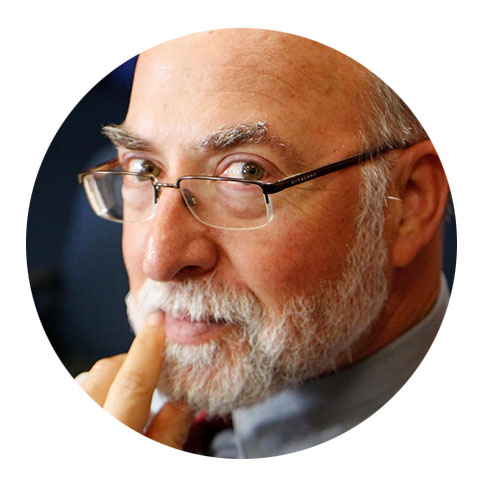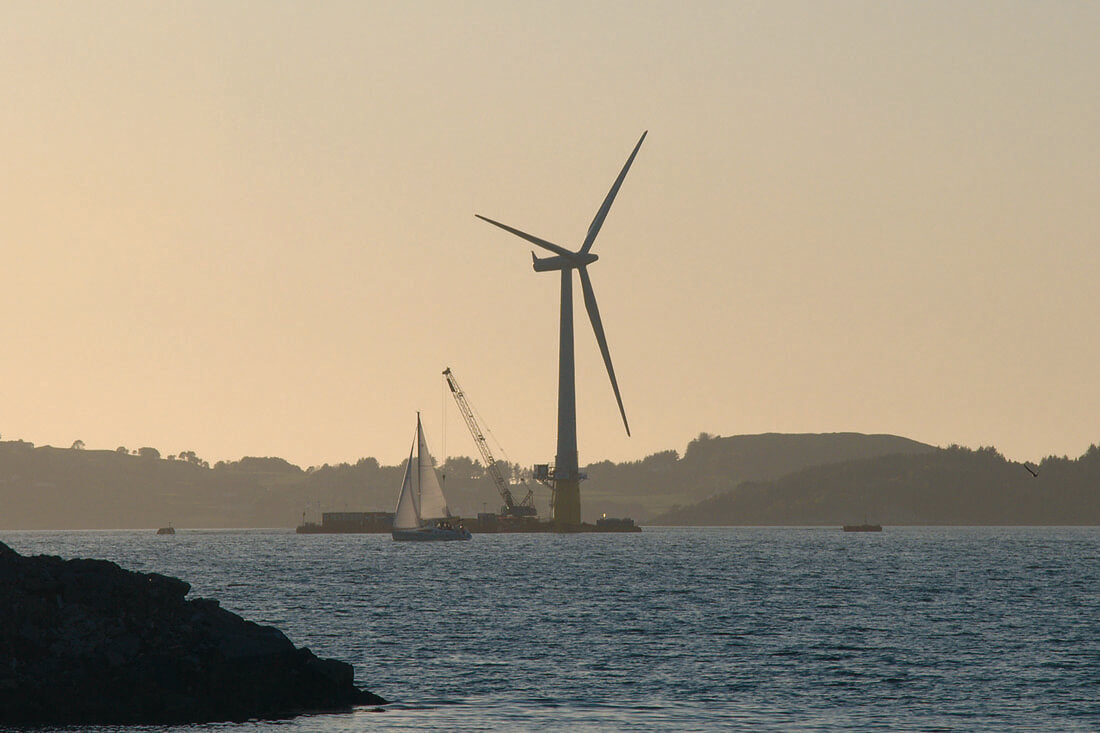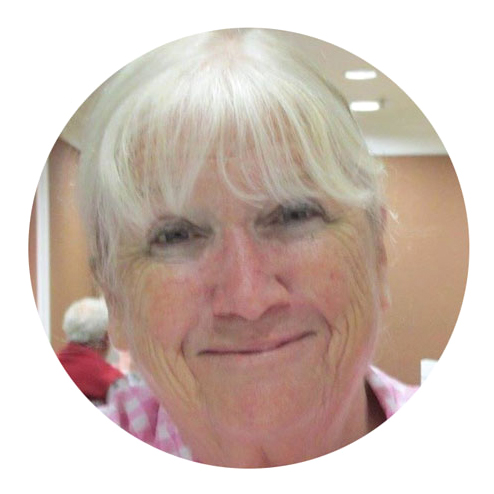Catch the Windby Joel Bellman | |
Catch the Windby Joel Bellman When candidate Joe Biden campaigned on green jobs and clean energy, it was easy to cheer. “Win-win,” right?
The other guy, after all, had touted “beautiful clean coal” and posed in a hard hat for photo ops with coal executives, while dismissing global climate change as a “con” and a “hoax” perpetrated by the Chinese and by “scientists who are having a lot of fun.” He quit the Paris climate agreement, shamefully making the U.S. the only nation to withdraw—a blunder that President Biden quickly reversed during his first month in office.
And few Topangans have forgotten who repeatedly blamed California for its wildfires, telling us to do a better job of sweeping up leaves on our forest floors (which are 58% federal land and only 3% state-owned) and suggesting that because we “don’t listen” to them, the feds should stop paying for forest management.
But the technology meets the terra, so to speak, when the discussion moves from the general to the specific. Or as former New York Gov. Mario Cuomo once put it, “You campaign in poetry, but you govern in prose.” While wind energy is instinctively appealing as a clean, natural, renewable resource with a relatively small carbon footprint, things get a little more complicated off the campaign trail and back in the office. It drew little notice at the time, but back in May, President Biden and Gov. Gavin Newsom announced support for a pair of green energy projects for California that promise major benefits, but like everything else in life, not without some costs.
The energy source is offshore wind, which blows stronger and more consistently than onshore winds during afternoon and early evening hours when demand peaks for electricity. The technology to catch the wind involves enormous turbines nearly 50 stories tall, with blades longer than a football field. The projects entail dozens of floating turbines, anchored to the ocean floor, wired together to send their electrical output to a seagoing substation, where a cable just under the seabed would carry it onshore to a distributing station and the power grid.
In Northern California, the Humboldt Wind Energy Area comprises about 207 sq. miles about 21 miles off the coast from the city of Eureka. Closer to home, in Central California, the Morro Bay Wind Energy Area, yet to be defined, would fall within a 399 sq. statute mile “Call Area,” located roughly between 17-20 miles offshore just outside the southern end of the Monterey Bay National Marine Sanctuary between the Piedras Blancas Lighthouse and the coastal town of Cambria. Hywind, world’s first full-scale floating wind turbine, being assembled in the Åmøy Fjord near Stavanger, Norway, 2009 (Wikimedia Commons) |
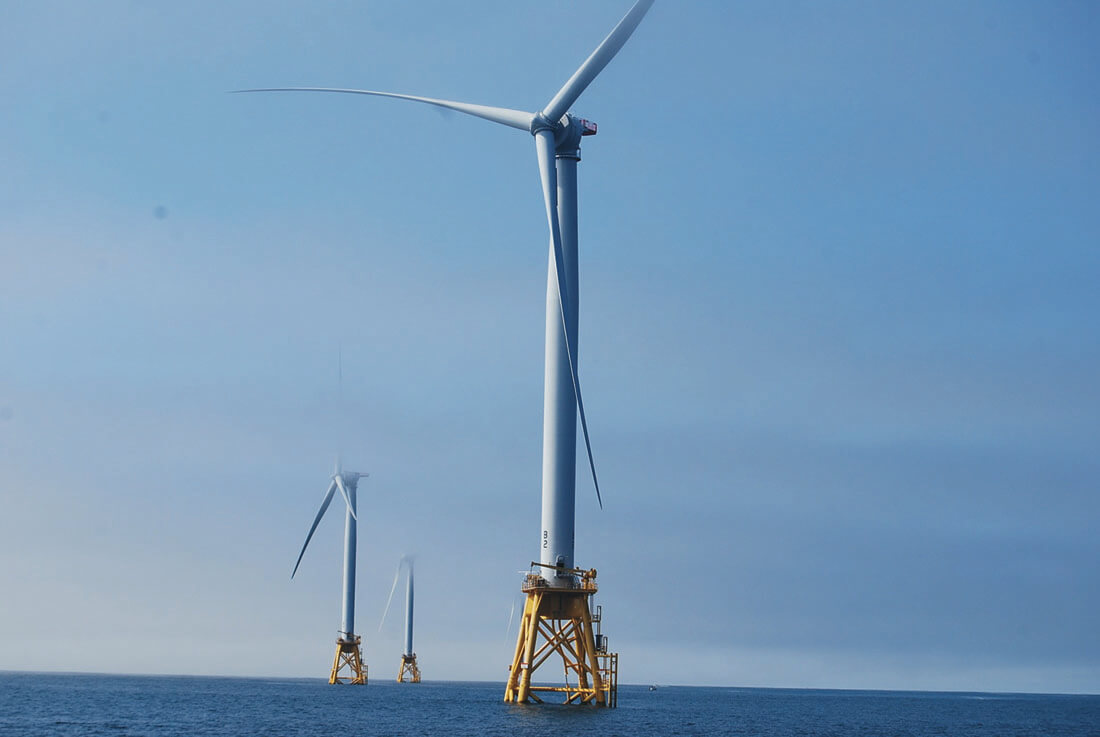 Rhode Island, US: 6 MW floating turbine at Block Island Wind Farm, the nation’s first commercial-scale offshore wind-generating network (Bureau of Ocean Energy Management, U.S. Department of the Interior) It’s been a long and tortuous process, which began with an unsolicited private-sector proposal back in 2016 to federal and state government, which morphed into a proposed joint project of US-based Trident Wind and the German-based EnBW energy combine, known collectively as Castle Wind LLC. Their plan would involve as much as a 1000 MW wind farm comprising roughly 100 offshore wind turbine generators nearly 500 feet high, sending their energy back to an existing PG&E substation at the decommissioned Morro Bay Power Plant, which PG&E originally built as a coal-fired plant back in the 1950s. It later converted to natural gas before shutting down in 2014, leaving behind its three 450-foot stacks “like a three-fingered salute,” as one local put it—which would cost more to demolish than triple the city’s entire annual budget.
While building and operating a wind farm off Morro Bay is some years off, with more than a few regulatory and permitting hurdles still ahead, public comments on the proposed Humboldt project suggest potential public opposition, too. It seems that for every environmentalist and climate scientist eager to phase out fossil fuels, there’s a wildlife advocate and marine biologist worried about migratory bird patterns and whale entanglements—while commercial fishing interests fret about losing their livelihoods along with their fishing grounds, and shoreline property owners complain about their ocean views ruined by the prospect of faraway wind turbines bobbing faintly on the horizon.
To bring it back home to Los Angeles, and my time at the Board of Supervisors, I was reminded of how bitterly the City of Malibu opposed any sewer improvements because they allegedly would “promote growth”—even as leaking septic tanks were destabilizing hillsides, incurring millions in County liability, and untreated sewage was bubbling up into shoreline restaurant parking lots.
In another example, as vulnerable as the Topanga community is to wildfire danger, the County’s efforts to upgrade its regional emergency communication system were nearly sunk at the last minute in 2015 by hysterical objections from the firefighters’ union. Because local property owners were balking at leasing their land for the network’s cell towers—while other community members complained the towers would spoil their views—the County opted instead to co-locate the cell dishes at County fire stations already equipped with radio towers. That sent the union into a panic over its members’ potential exposure to “toxic radio frequency radiation.” The County only salvaged the project by scaling back the cell and broadband network by nearly 75%. Today, it’s still several years behind schedule, while the community remains at greater risk.
You could cite the bitter lesson that, “No good deed goes unpunished.” Or more optimistically, that patience and perseverance can overcome seemingly insurmountable obstacles—even those as challenging as generating clean energy by putting out to sea to try and catch the wind.  | 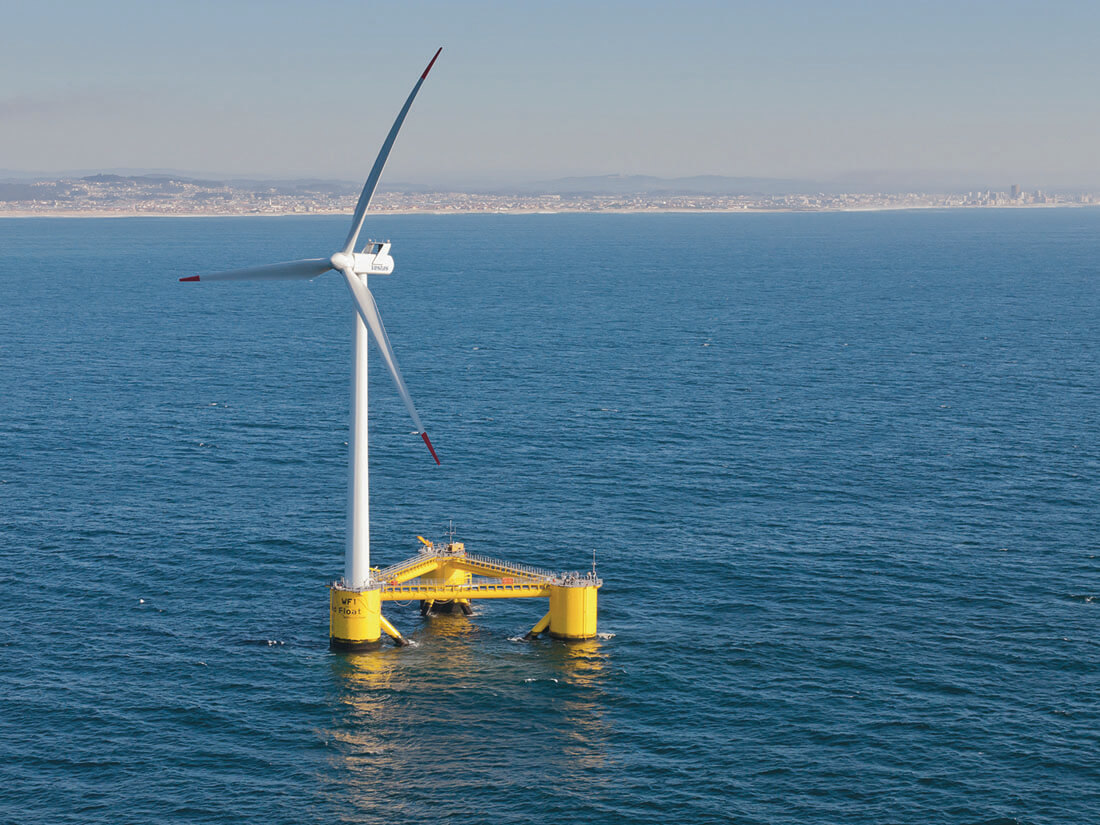 Agucadoura, Portugal: Principle Power’s WindFloat Prototype 2MW turbine generator, 2012 (Wikimedia Commons) | | | | | | | | | | | | | |
|
|
|
|
|




